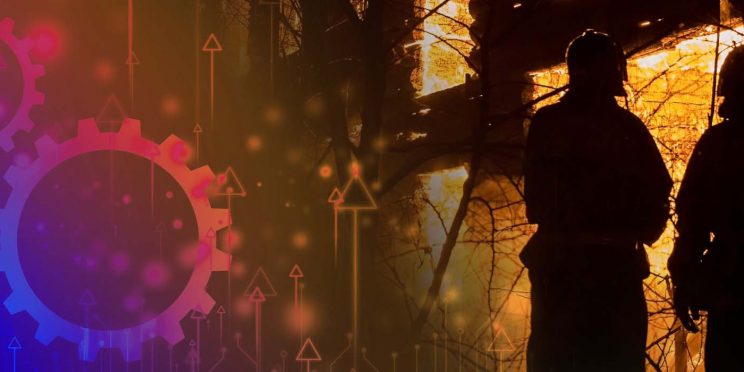Overview
IPTES was designed to bring together practitioners and researchers to enhance information-sharing and promote collaboration among the impression, pattern, and trace evidence analysts, law enforcement, and legal communities. This original Live Webinar took place on 01/25/2018.
The National Institute of Justice (NIJ) and the Forensic Technology Center of Excellence (FTCOE) are committed to improving the practice of forensic science and strengthening its impact through support of research and development, rigorous technology evaluation and adoption, effective knowledge transfer and education, and comprehensive dissemination of best practices and guidelines to agencies dedicated to combating crime. The future of forensic sciences and its contribution to the public and criminal justice community is a motivating topic to gather expertise in a forum to discuss, learn, and share ideas.
Trace Evidence Breakout: Day 2 PM
- Swab Touch Spray Mass Spectrometry for Rapid Analysis of Organic Gunshot Residue from Human Hand and Various Surfaces Using Commercial and Fieldable Mass Spectrometry Systems
- Patrick Fedick, BS | Purdue University
- Evaluation of Field-Portable GC-MS with SPME Sample Collection for Investigator Use at Fire Scenes
- John DeHaan, Ph.D. | Fire-Ex Forensics
- Zachary Lawton, MS | PerkinElmer, Inc.
- Forensic Sampling and Analysis from a Single Substrate: Surface-Enhanced Raman Spectroscopy Followed by Paper Spray Mass Spectrometry
- Patrick Fedick, BS | Purdue University
- Identification of Organic and Inorganic Gunshot Residues by Electrochemical and Spectrochemical Methods
- Tatiana Trejos, Ph.D. | West Virginia University
- Instrumental Analysis of Gunshot Residue (GSR) – Reconstruction of Crime Scenes
- Zachariah Oommen, Ph.D. | Albany State University
- Evaluation of Error Rates in the Determination of Duct Tape Fracture Matches
- Tatiana Trejos, Ph.D. | West Virginia University
Funding for this Forensic Technology Center of Excellence webinar has been provided by the National Institute of Justice, Office of Justice Programs, U.S. Department of Justice.
The opinions, findings, and conclusions or recommendations expressed in this webinar are those of the presenter(s) and do not necessarily reflect those of the U.S. Department of Justice.
Contact us at ForensicCOE@rti.org with any questions and subscribe to our newsletter for notifications.




